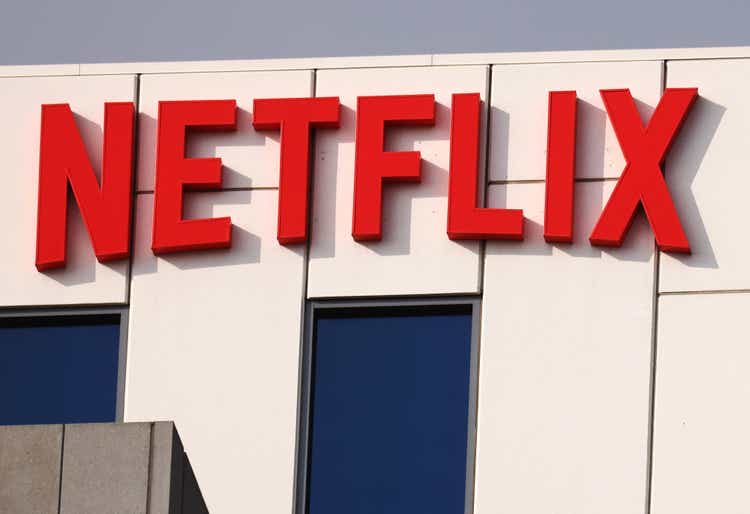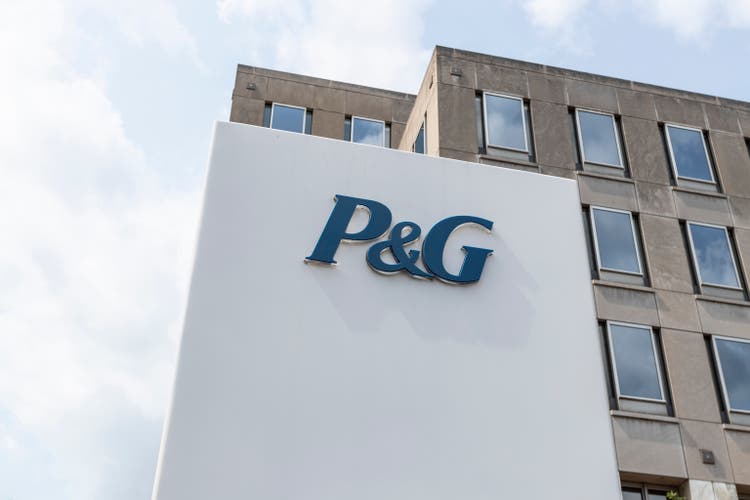Fuel shortages across Africa hit motorists, airlines and radio stations

South African motorists are complaining about record pump prices, Nigerian radio stations have warned that they will go off air because of the cost of diesel generators and airlines across the region are clubbing together to buy jet fuel.
Africa produces about 8 per cent of the world’s crude oil, but a lack of refining capacity means it imports almost all of its fuel. As a result, it has been the continent hardest hit by the turmoil in international markets triggered by the war in Ukraine and the partial European embargo on Russian crude.
The crisis has exposed “Africa’s vulnerability in terms of energy security”, said Anibor Kragha, executive secretary of the African Refiners and Distributors Association (ARDA), a trade body.
“European suppliers who traditionally serve as a key source of Africa’s petroleum products imports have had to divert a lot of their supplies to meet the demand of their European markets, as petroleum products supplied from Russia [which provided half of Europe’s pre-war demand] become unavailable,” he added.
There is strong demand for African crude, particularly Bonny Light, a type of Nigerian oil that produces a high yield of fuels when it is refined. Yet Nigeria’s oil export revenues were barely covering the cost of fuel imports, Nigeria’s finance minister Zainab Ahmed told Reuters last week.
With diesel stocks low in the US, UK and Europe, those closest to refineries are first in line for supply. “There are shortages largely everywhere and so the question is who is going to pay out to get [refined products] and who is closest to sources of supply?” said Alan Gelder, a refining, oil and chemicals expert at Wood Mackenzie. “Being totally reliant on imports becomes riskier.”
In 2020, African refineries had a capacity of about 3mn to 4mn barrels a day, compared with Europe’s 14mn to 15mn, according to BP’s Statistical Review of World Energy. African crude production was 6.8mn barrels per day.
Fewer than half of African countries have fuel refineries and refining capacity is often left unused. Just over half of Africa’s refining capacity was used in 2020 compared with three-quarters of a decade ago, according to ARDA. US refinery utilisation stayed above 70 per cent even when the pandemic hit, according to the US Energy Information Administration.
Despite its status as the continent’s biggest crude producer, Nigeria only operates a handful of refineries that process much less than their official capacity of 445,000 barrels a day, which is already far below demand.
Angola, the second-largest producer after Nigeria below the Sahara, has one operational refinery and relies on imports for four-fifths of its demand. South Africa’s refining industry has also largely withered. Its biggest refinery was mothballed earlier this year.
Aliko Dangote, Nigeria’s richest man, is building a $19bn, 650,000 barrels a day facility that could come online next year.
But beyond the Dangote project, the case for investment in African refining had been an uphill battle in recent years, said Gelder. Given demand is smaller on the continent than in Europe, he said, “the economics are really quite challenging”.
Many African refineries had been sold by international oil majors to governments that lacked the money to invest in them, said Kragha.
The effect of rising fuel prices is also prompting more hawkish monetary policies across Africa, as central banks brace for higher inflation. In recent weeks, Kenya and South Africa have increased rates by 50 basis points, while Nigeria and Ghana have increased rates by 150bp and 200bp respectively.
Monetary authorities in smaller, more fragile economies have taken more desperate measures. Last month, Malawi’s central bank blamed an “insatiable appetite for imports” as it devalued the currency by a quarter overnight to conserve scarce foreign reserves. Landlocked Malawi also epitomises the precarious state of fuel logistics for smaller African countries. It depends on fuel tankers from distant ports for its supply.
In April, during a three-week long shortage of fuel, Kenya pushed gasoline prices up to a record high effective May. Despite government subsidies, a litre of gasoline now retails at Ks150.12 ($1.28) in the capital Nairobi, an increase of Ks5.5 per litre versus the previous March-April period, the Energy and Petroleum Regulatory Authority said.
The biggest effect in the long run may come through the link between fuel and food prices. In South Africa, fuel makes up over a tenth of farming costs and four-fifths of the country’s grain is transported by road, said Wandile Sihlobo, chief economist at the Agricultural Business Chamber of South Africa.
Since fertiliser costs are going up at the same time, “that already adds a lot of pressure”, he added. In more vulnerable countries beyond South Africa, he is “seeing a situation of more hunger”.
“Over the last few years, the lack of investment in refineries and associated storage and distribution infrastructure led to an over-dependence on ‘cheaper’ imported petroleum products to meet the continent’s rising demand,” said Kragha.
Additional reporting by Andres Schipani in Nairobi
World News || Latest News || U.S. News
Source link



